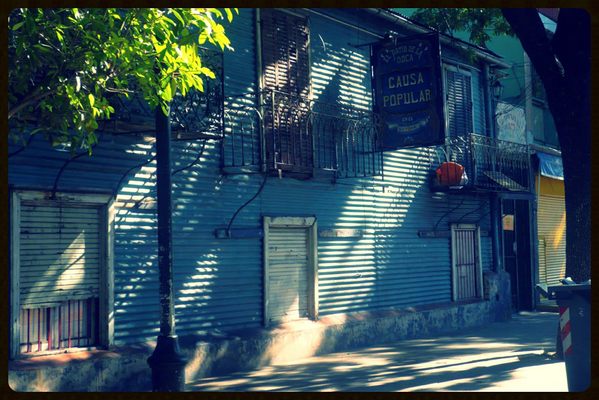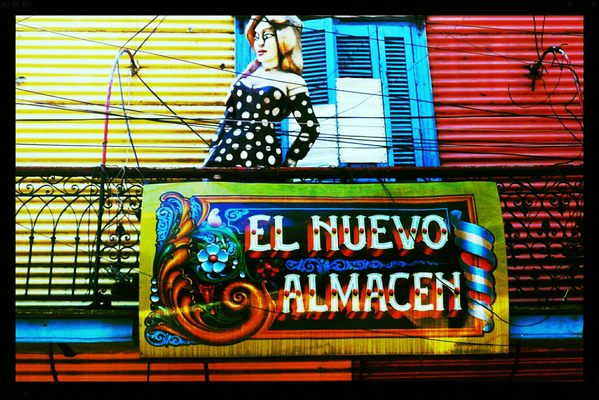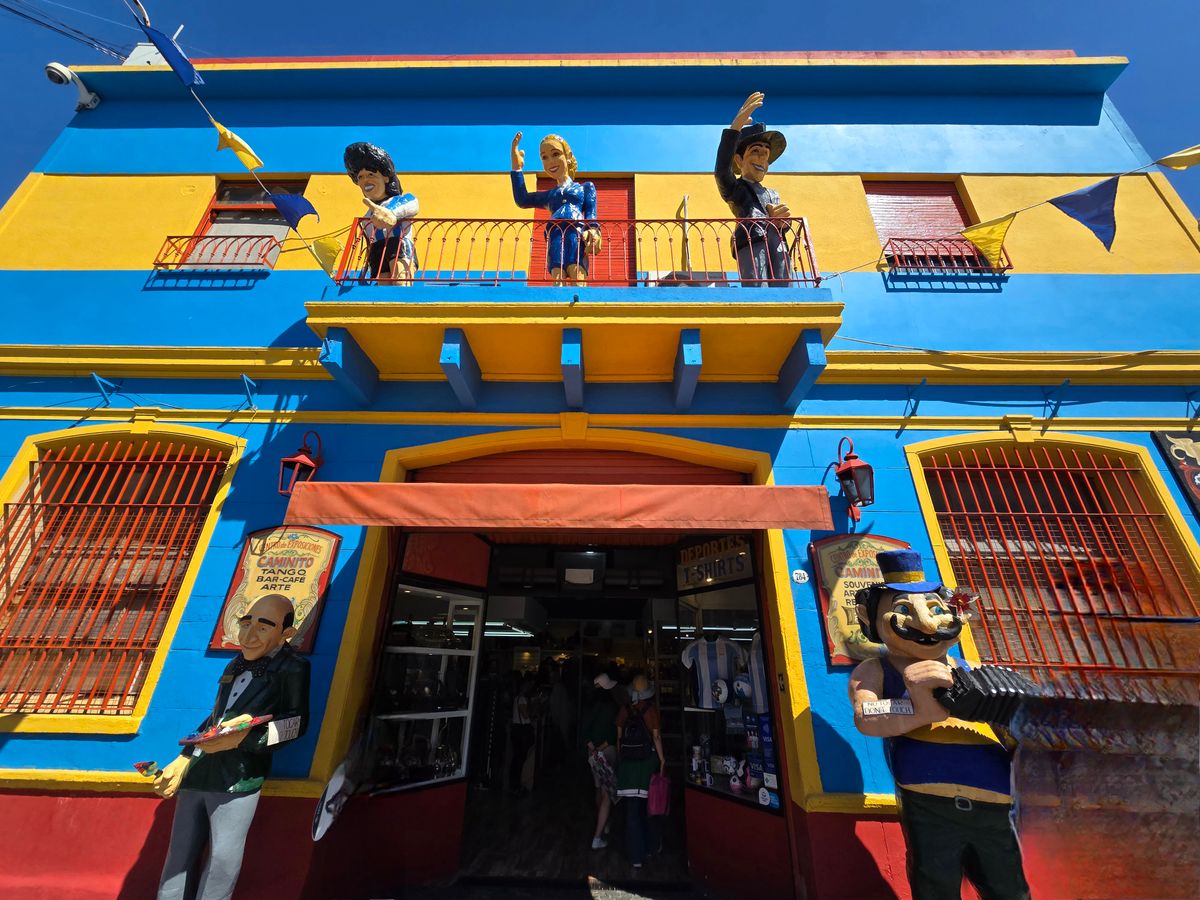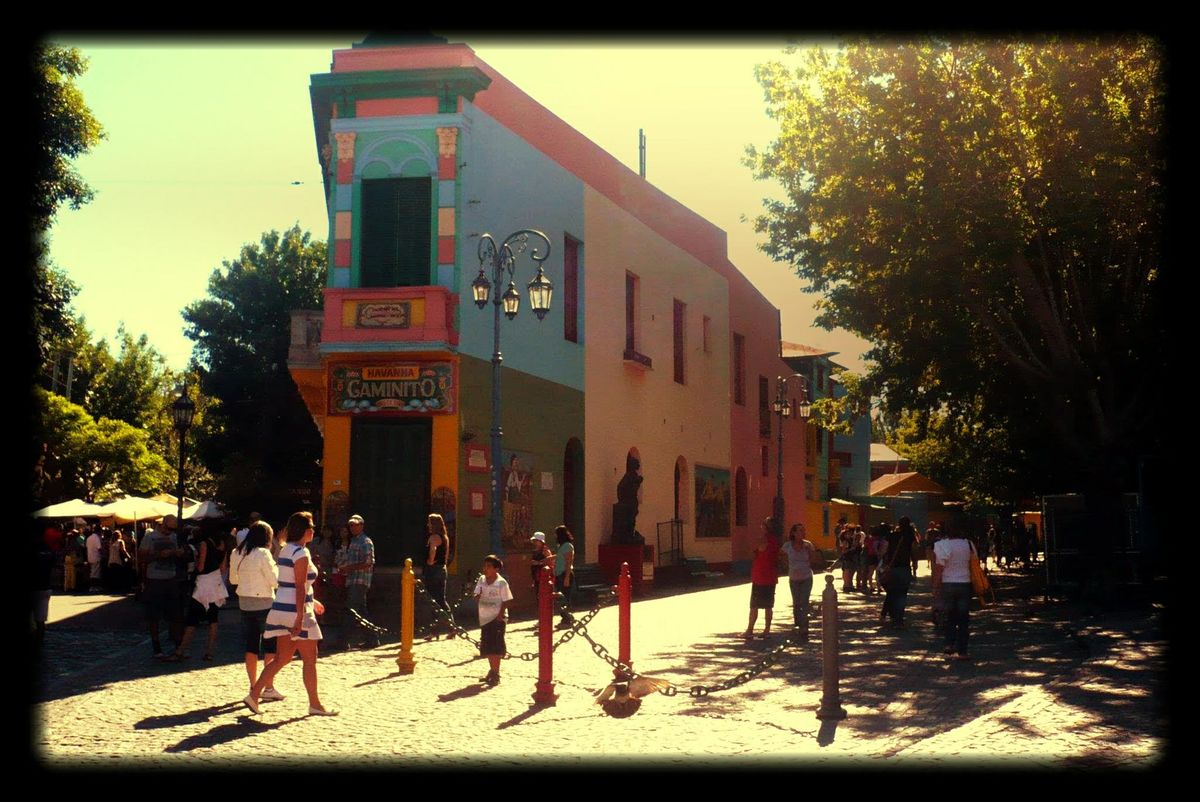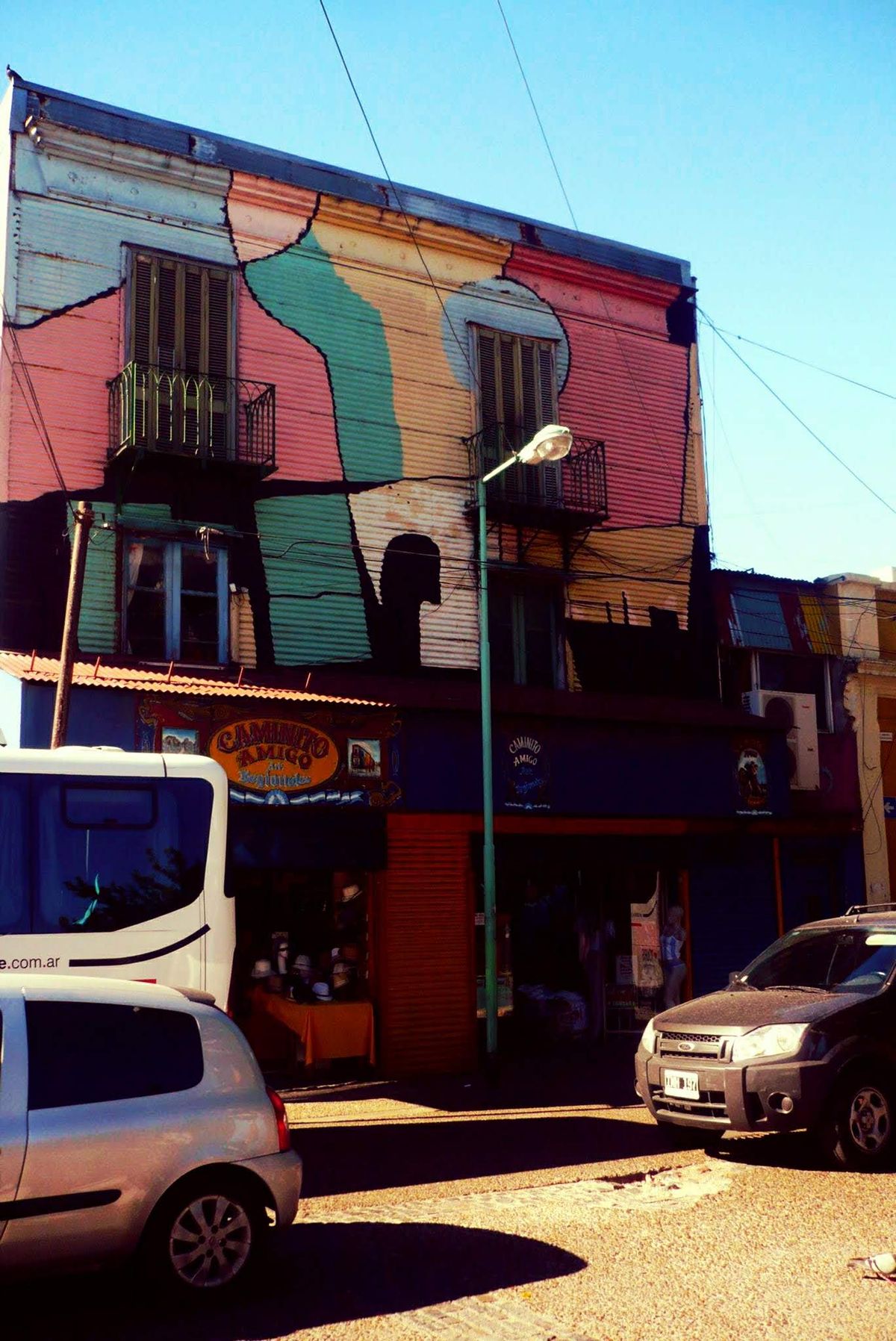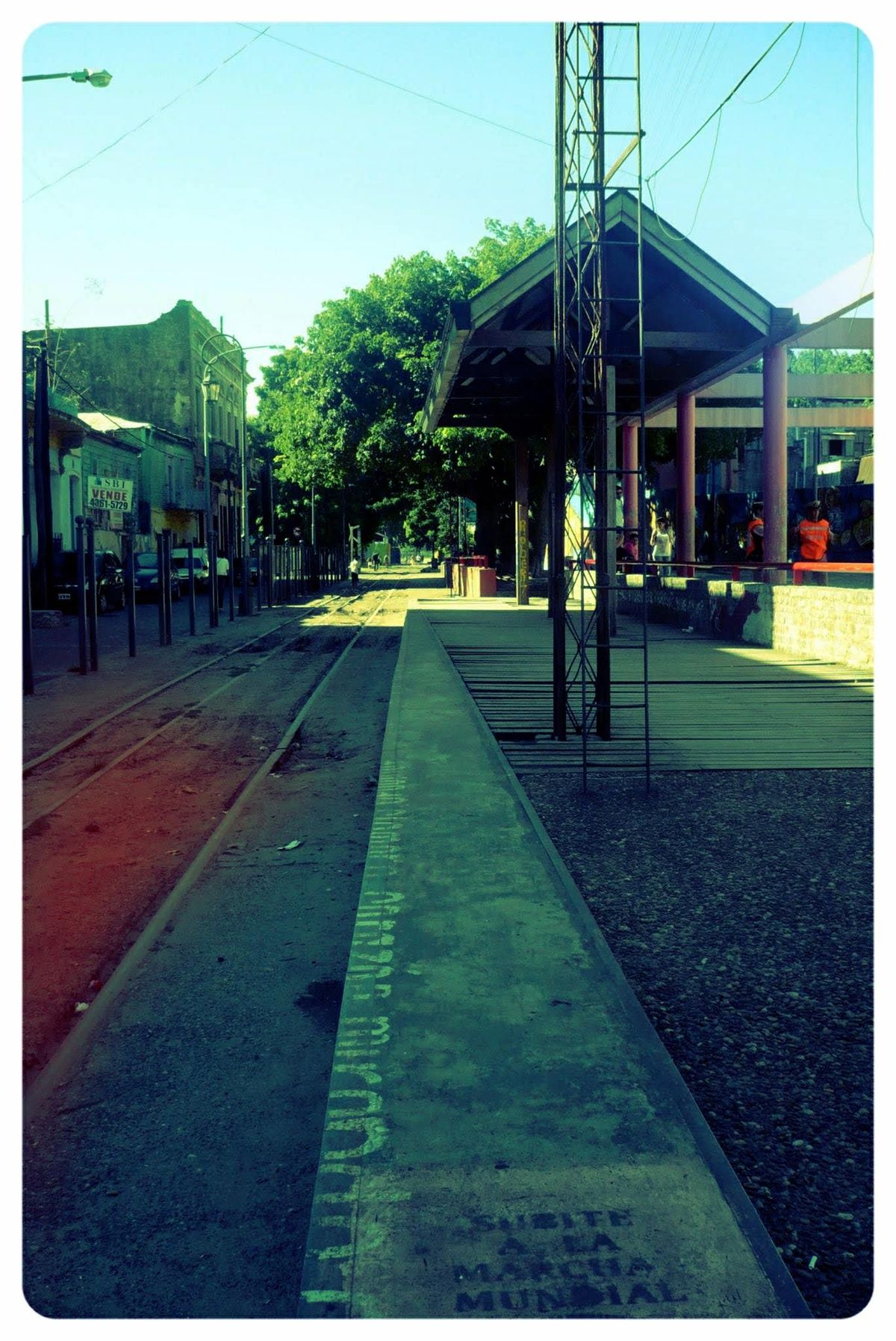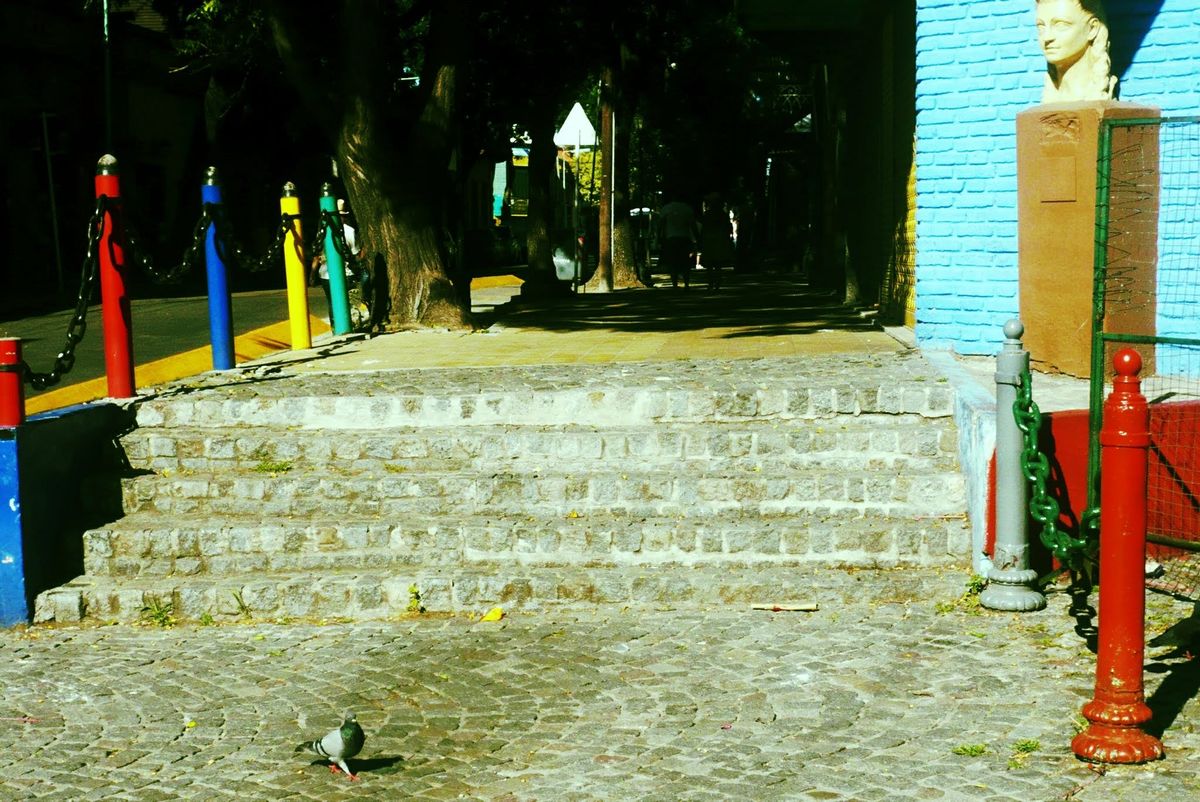About
"Desde que se fue triste vivo yo, caminito, amigo, yo también me voy," sang Carlos Gardel, the tango toast of Argentina. With these mournful words he made a tiny stretch of buildings in La Boca, Buenos Aires famous.
The line in the song roughly translates to "Since she left I’ve lived in sadness; the alley, my friend. Now I’m also leaving" and the alley in question is Caminito, a colorful little path in Buenos Aires' La Boca neighborhood. Well, sort of.
Curiously, the lyrics to the tango Caminito come from a poem, written by poet Gabino Coria Penaloza, and are in reference to a different alley, this one in the village of Olta in the province of La Rioja. The writer of the song, however, the composer Juan de Dios Filiberto, was inspired to write the song by the brightly colored Caminito in La Boca, and put Filiberto’s poem to music. So the lyrics of Caminito reference one alley, while the music is inspired by another.
As is the case with many romanticized places, Caminito itself actually came from unsavory origins. Initially it was a bridge over a tiny stream, but when that dried up it was filled in. Later it housed railways which soon ended up abandoned, and after that, a dump. Caminito owes its restoration to artist Benito Quinquela Martín, known for painting the rough port life around La Boca.
In the 1950s, Quinquela Martín began painting the buildings of Caminito vibrant colors, and eventually built a small stage at the end of the walk. His tenacity established the path as an artists' community, and in combination its tango fame, Caminito lives on as a Buenos Aires landmark.
Related Tags
Community Contributors
Added By
Published
August 1, 2016














